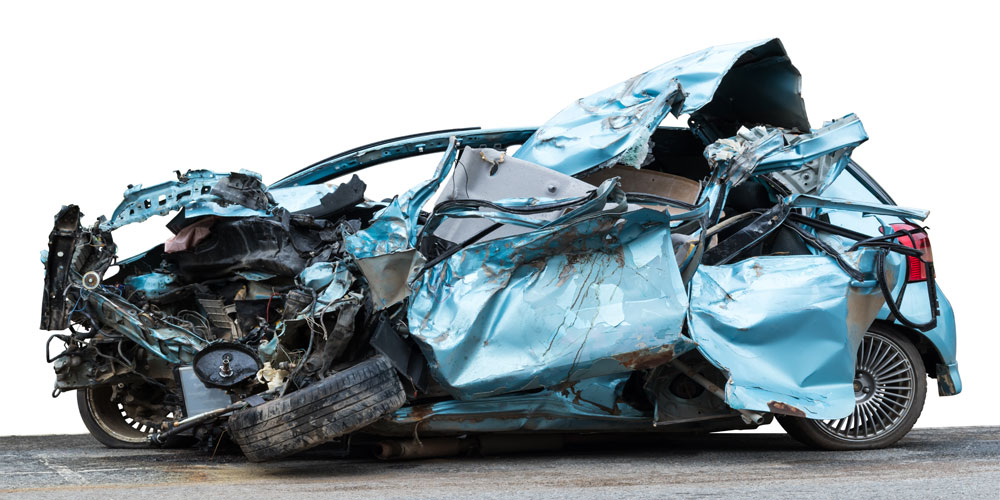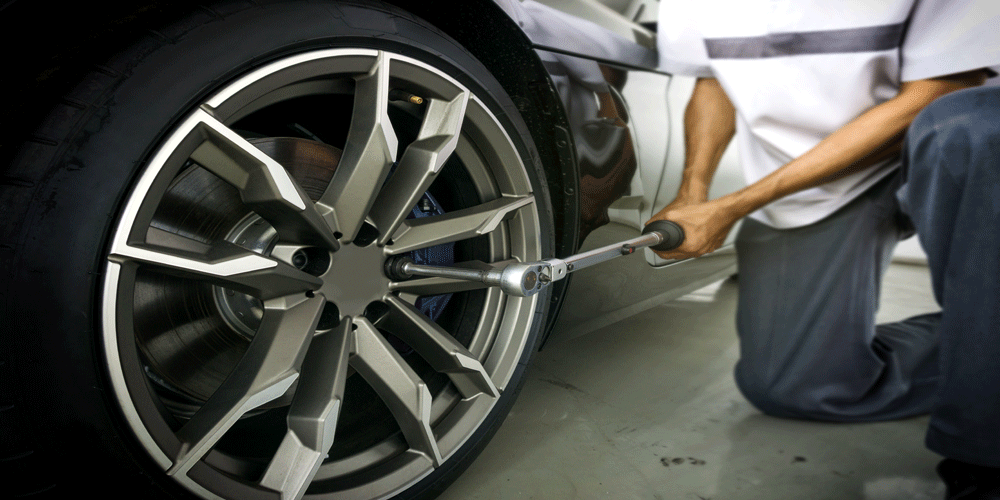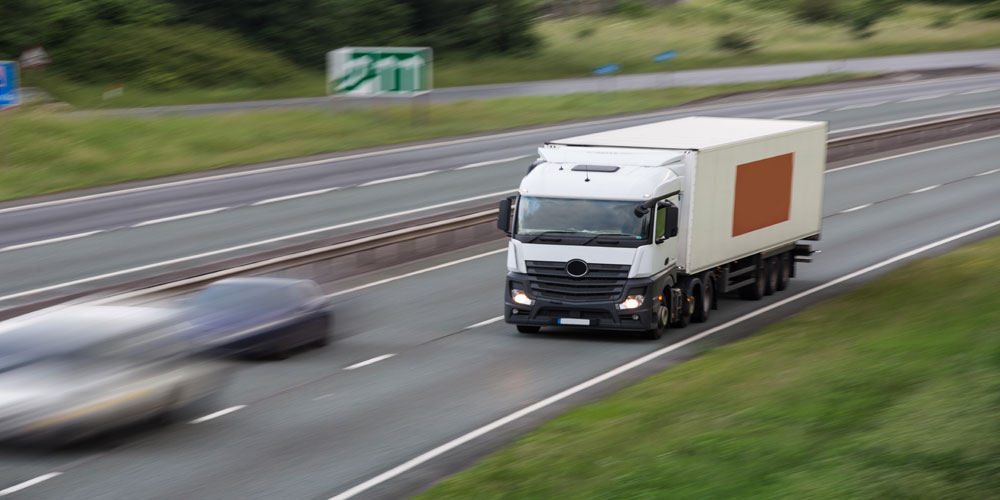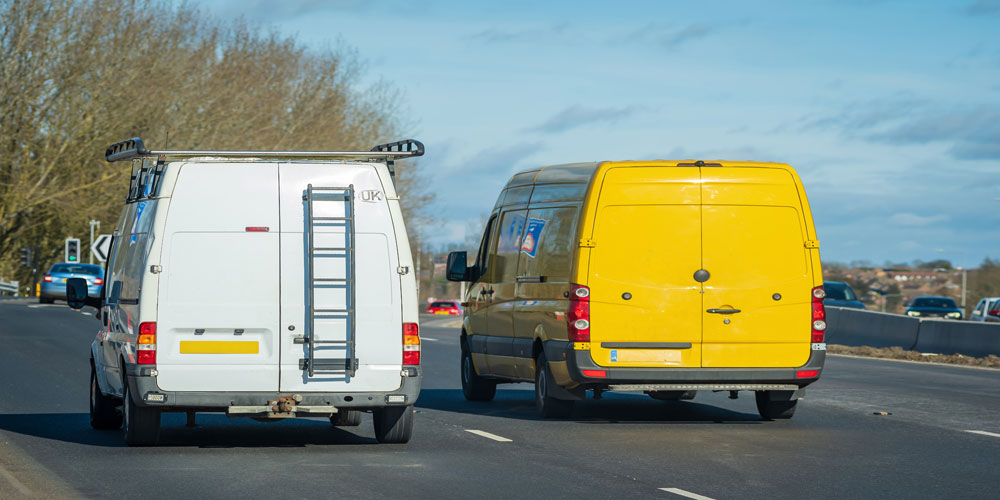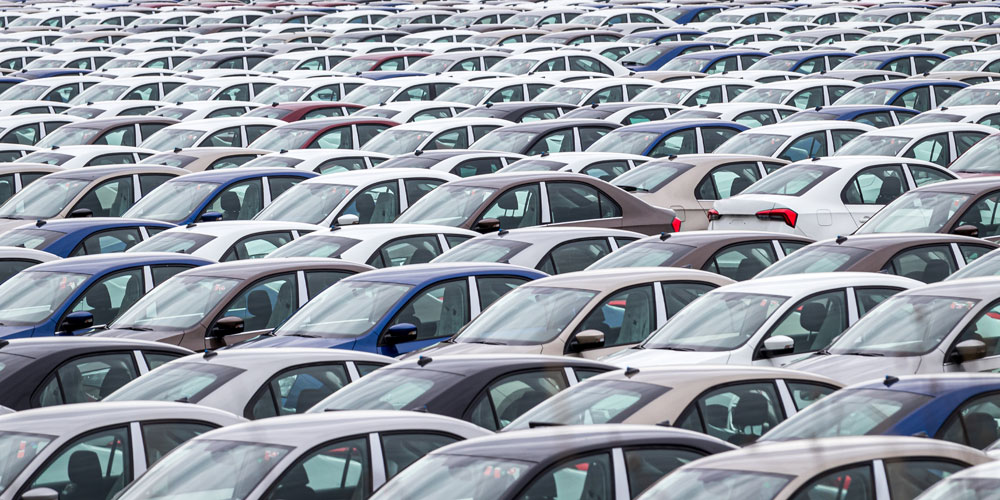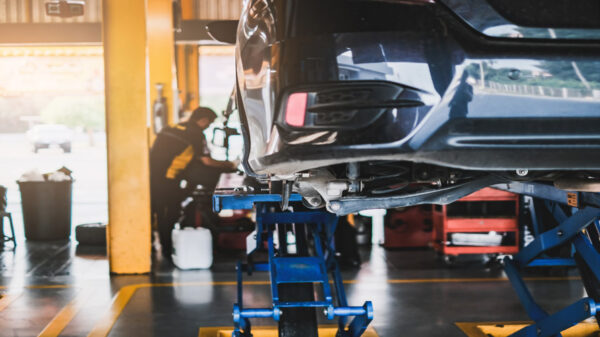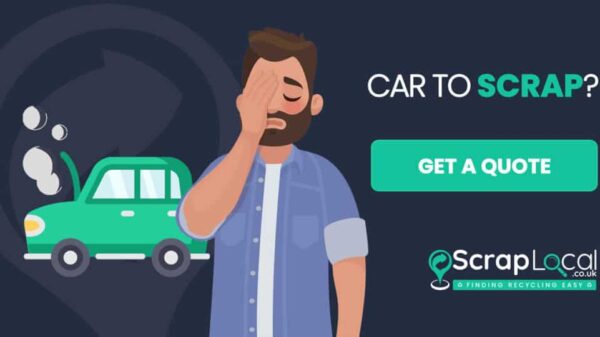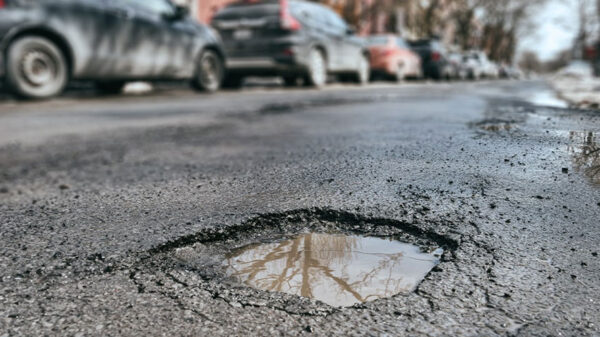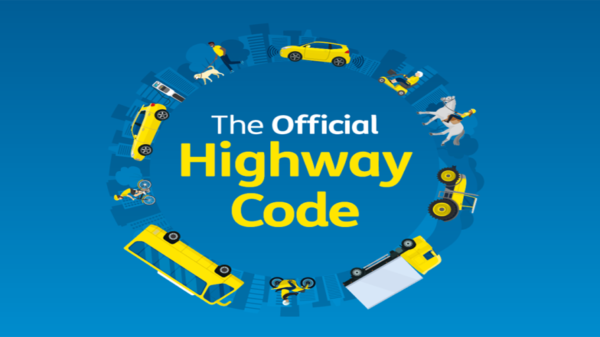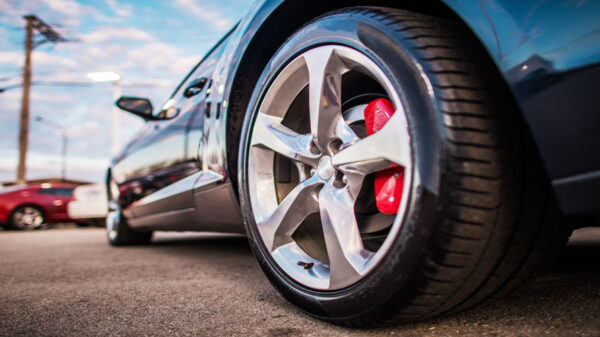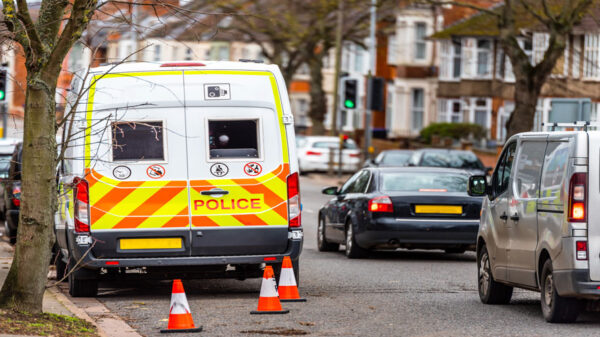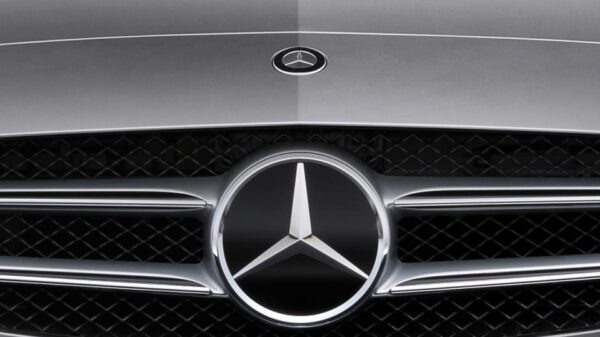Understanding Car Insurance Write-off Categories
Understanding car insurance write-off categories can be quite complex, especially for those unfamiliar with the intricacies of the system. There are four main categories that determine the fate of a damaged vehicle, each bringing its own set of responsibilities for the owner, based on the extent of the damage.
These categories can be daunting and frustrating, particularly when the damage appears superficial and doesn’t affect the car’s roadworthiness or resale value, yet the insurer decides the vehicle must be written off. This scenario is common with older cars, where the cost of repairs might be comparable to the car’s value. For instance, if you have an older model like a Ford Mondeo worth £500 and it suffers damage such as a cracked bumper or a failed turbocharger, your insurer is unlikely to cover the repair or replacement. Typically, a car is written off if the cost of professional repairs exceeds half of its value.
Buying a Previously Written-Off Car
Purchasing a car that has been previously written off can be a savvy financial decision, provided you understand the implications and the category of the write-off. Category S and N cars can often be repaired and are usually available at a lower price, representing good value for money. However, due diligence is crucial. Prospective buyers should obtain a full history of the vehicle’s damage and repairs, have the car inspected by a professional, and ensure that all repairs meet safety standards.
Navigating Car Insurance Categories
Navigating car insurance write-off categories can be challenging, but understanding the distinctions between Category A, B, S, and N can help you make informed decisions, whether you’re dealing with an insurance claim or considering buying a written-off vehicle. While it can be disheartening to have a car written off for what seems like minor damage, knowing the options and implications of each category can mitigate some of the frustration and provide avenues to either recoup some value or find a reliable, affordable vehicle.
What is Cat A, Cat B, Cat S or Cat N insurance write-off?
There are four categories of car insurance write-offs. The system was revamped in October 2017, with new denominations given to the categories at the lower end of the damage scale. This can be confusing if you’re not sure what the letters mean, so let’s explain them.
Category A
Reserved for the most severely damaged vehicles, a Category A write-off condemns an entire vehicle to the scrapyard, and means not even seemingly serviceable parts can be repurposed.
High-speed impacts, complete burnouts and extensive vandalism will usually result in a vehicle receiving a Category A designation.
Category B
The Category B write-off is reserved for cars that have received extensive damage – be it structural, mechanical or electrical – and cannot be put back on the road.
While the car’s shell must be crushed to avoid it being used again, serviceable parts can be removed from Category B cars and used on other vehicles. Only Authorised Treatment Facilities (ATF) are permitted to handle Category B vehicles, and will only sell them to businesses that have certification to prove they are allowed to store and destroy such vehicles.
Category S
Formerly called Category C, Category S write-offs encompass vehicles that have received structural bodywork damage – a bent chassis or creased door frame, for example – but that can be repaired and put back on the road.
It’s important to note that, although a Category S write-off is among the least severe, the vehicle will be deemed unsafe for use until it has been professionally repaired.
Category N
The designation named Category N write-off replaced the old Category D and is used to describe vehicles that have received non-structural damage that the insurer has deemed not worth repairing.
Though the damage may be less visibly severe than a Category S write-off, ‘non-structural damage’ could affect the electronics, brakes, suspension or mechanics of a car, so it will still usually need rectifying before it goes back on the road. As it is normally relatively easy to repair this level of damage, many Category N write-offs can be found in the classifieds, and shouldn’t cost much more to insure than a non-damaged car.
What you need to do when your car is written-off
Of course, the insurer and DVLA must be notified that a vehicle has been damaged so that it can assess the damage to determine whether it should be written off, and to what extent.
An insurer will offer the owner an agreed market value for the damaged vehicle and take legal possession of it until it is sold or scrapped. If the owner wishes to keep the vehicle – whether because it is only a Category N write-off and it can still be driven, or because they are able to repair the damage for less than the cost of a replacement – they can refuse the offer.
In all cases, the DVLA must be notified of the write-off, and will need to assess any repairs made to a Category S car before it returns to the road. Given the usually superficial nature of Category N damage, it does not require further assessment, but must still be kept in a roadworthy condition.
Should you buy a written-off car?
Category A write-offs go straight to the crusher, and cannot be purchased or put back on the road, but you will often find Category B cars being ‘broken’ for vehicle parts in the classifieds. You are unable to buy the whole vehicle (the shell must be scrapped) but can purchase individual components if they are still in a serviceable condition.
As for Category N and Category S cars, buyers must thoroughly inspect the standards of any repair work carried out, and take the time to ensure that they know exactly how the damage occurred.
Comprehensive vehicle history checks aren’t free, but could save buyers a fortune in repairs down the line, and given a written-off car is likely to be discounted, the extra outlay is negligible.
Can a written-off car be insured?
Insurers are naturally wary of write-offs, because they’re taking a risk on any non-factory-standard repairs that might have been made, and so premiums are often higher.
An insurance company can insist that an independent engineer inspects the vehicle before it agrees to provide cover, though an MOT certificate can also be used as proof of roadworthiness.
Some insurers won’t ask about a vehicle’s crash history when providing a quote, but will check the records in the event of a subsequent accident to ensure a poorly carried out repair wasn’t a factor.


